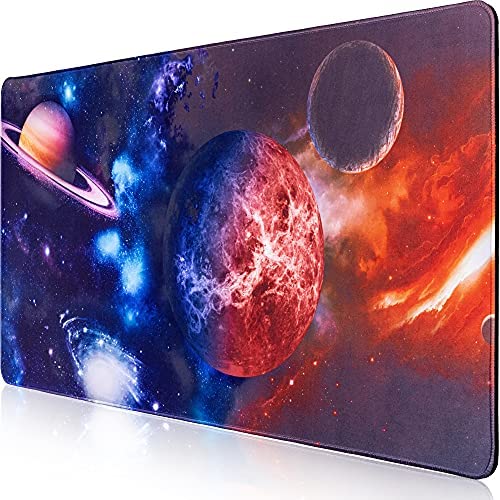Building ventilation is not an easy topic to understand, nor one we ever had to think about prior to the pandemic. But now there are many variables to consider, especially as you bring employees back to the office. By breathing and talking, we constantly emit respiratory aerosols that can build up indoors–unless they are diluted out of the air or cleaned. And most buildings are designed to meet a minimum standard that was never intended to protect against infectious diseases like Covid-19.
But the next generation of sensors, ionizers, and ultraviolet technologies can handle that job.
What you need today largely depends on what kind of office space you have. Before fixing or upgrading anything, contact your building manager, or hire a mechanical engineer to better understand your current system and what upgrades are possible, Dr. Joseph Allen, director of the Healthy Buildings program and an associate professor at Harvard’s T.H. Chan School of Public Health, told Inc. You should also become familiar with industry standards, which are regulated by the Centers for Disease Control and Prevention (CDC) and the American Society of Heating, Refrigerating, and Air-Conditioning Engineers (ASHRAE), an association that helps shape specifications and guidelines for proper building engineering practices.
For some, cleaning the air in the office is as easy as opening a few windows. For others, such as those in large, commercial buildings where that’s not possible, it’s a bit more complicated. Industrial environments also need to be equipped with heavy duty and superior industrial filtration systems for enhancing air quality in the work area. Luckily, if you’re looking for a more inventive solution, there are lots of options, in part due to investments in the industry. A study published by Global Industry Analysts, a market research company, estimates that the global industrial filtration market will reach $39.2 billion by 2026.
Here are a few of the latest innovations.
Real-Time Sensors
People increasingly want to know the status of the air in their workplace and real-time sensors do just that. Sensors can monitor the air and measure the performance of your air purification systems in real time. They not only alert you about any contaminants via software on your computer or phone, but automatically adjust themselves to optimize air quality. This is crucial as contaminants in any space fluctuate as people move about the office.
“Somebody can walk into a room, shuffle their feet on a carpet, and kick up thousands of particles into the air. So a dynamic system or an adjustable system can actually see the air quality level, read it through sensors, and then adjust its output when needed,” says Tony Abate, vice president and CTO for Clean Air Group, a Connecticut based commercial and industrial indoor air purification company.
The best part about sensors is that they easily adapt to existing HVAC systems. You place a unit near the air supply before it’s filtered and then another outside the filter after it’s cleaned. A basic table-top monitor from Temtop goes for $90 on Amazon. At the higher end is Infogrid, a company that works to make buildings smarter using hardware and software technology. Infogrid offers a system that costs roughly $1,200 per year for a three-year-contract for a 10,000 square foot office. It includes sensors and the software technology that actively monitor the air quality in your building.
Bipolar Ionization
If you’re in a pristine environment, away from man-made pollution and emissions, air ions, which create negative ions using electricity and then discharge them into the air, are naturally quite plentiful. In areas with high air pollution, such as many big and medium-sized cities, these ions have been stripped away by pollution. Bipolar ionization restores ions in the air. And at higher levels, it can combat contaminants and break down gaseous elements, essentially sanitizing the air.
While the technology has been around since the 1970s, it’s lately been reinvented to fit into existing buildings. As with any emerging technology, there’s little research available outside of lab tests, and bipolar ionization has the potential to generate ozone and other potentially harmful by-products indoors unless maintained at certain levels, says Jesse Kroll, professor of civil and environmental engineering and chemical engineering at the Massachusetts Institute of Technology. So make sure you use one that’s certified by the U.S. Environmental Protection Agency (EPA).
UV-C Air Purifiers
Another emerging tool is ultraviolet-C, or UV-C, light. The short wavelengths in UV-C can disrupt chemical DNA molecules, which allows it to inactivate viruses and bacteria effectively. Due to harmful effects of UV light on the skin, you can’t blast it in the office. This kind of technology is best for large industrial spaces where it can be filtered through ceiling fans, which push the air up and away from workers before the light hits it. “It’s really the safest way to use it,” notes Kroll.


